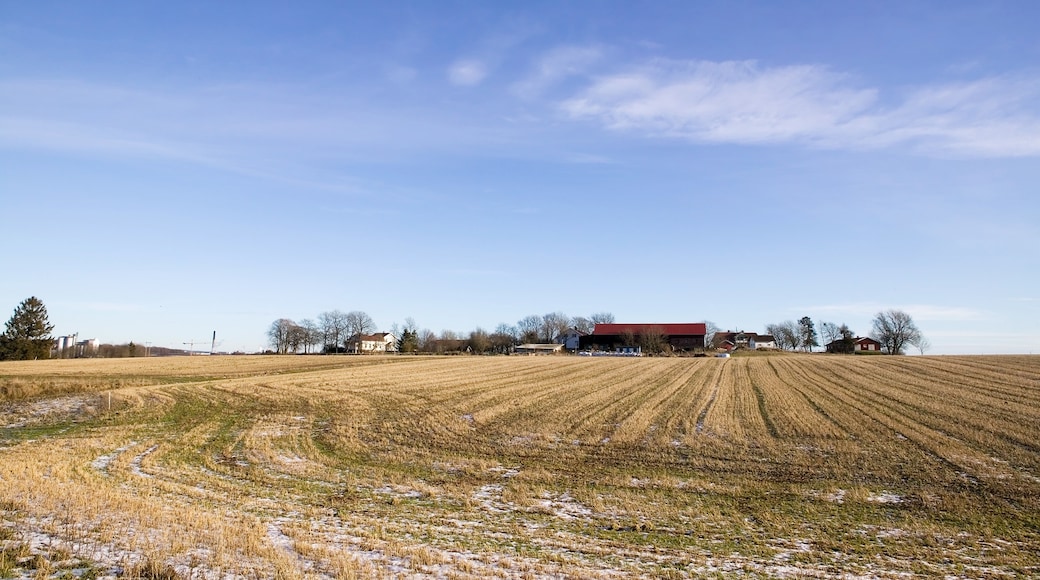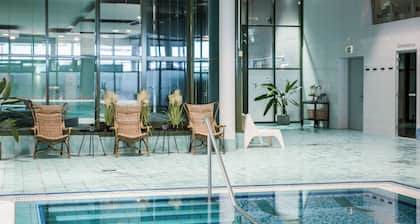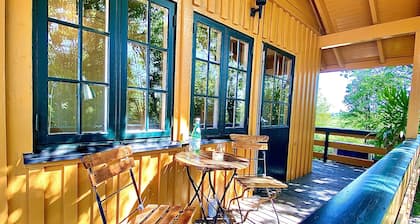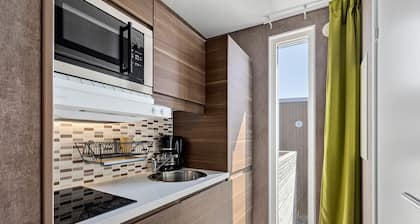A visit to Sarpsborg will often start at Sarpsfossen. In 1016, the waterfall inspired St Olaf to establish the city, which then became Norway’s first capital. Although the waterfall today is used for industrial purposes, it is still an impressive sight, especially when the flow is high.
A short walk away, you will find the beautiful Hafslund Manor, which was built in the 1700s. The manor is a protected cultural heritage site, and guided tours are offered in summer. Around the manor, there is a lovely park where you can see stone carvings dating from many thousands of years ago, or just go for a walk and take in the surroundings.
To learn more about the history of the Sarpsborg area, visit the Borgarsyssel Museum, which is located on the other side of Sarpsfossen. The museum lies by the ruins of the St. Nikolas Church, which is only 100 years younger than the city itself, and is an open-air museum showcasing the history of Østfold County, from the Middle Ages to the modern era. Amongst other things, you can see a crucifix that is more than 800 years old from one of Sarpsborg’s medieval churches.
Sarpsborg has more to offer than just history. A visit to Sarpsborg often means good weather, as the city has more sunny days than any other place in Norway. Sarpsborg is especially charming on a warm summer’s day, and there are many places for the whole family to go for a swim such as Dusa Beach or Lake Tunevannet. Landeparken is a wonderful park by Lake Tunevannet where you can walk amongst tall pine trees and truly feel the calm of the forest.
Sarpsborg is located centrally in Østfold County and it is easy to travel there by plane, landing at Moss Airport Rygge, which is half an hour’s drive away. The town can also be reached via the Østfoldbanen railway. If you’re already in Norway and have rented a car, you can follow the E6 motorway that goes through Østfold County, from the north or south.





